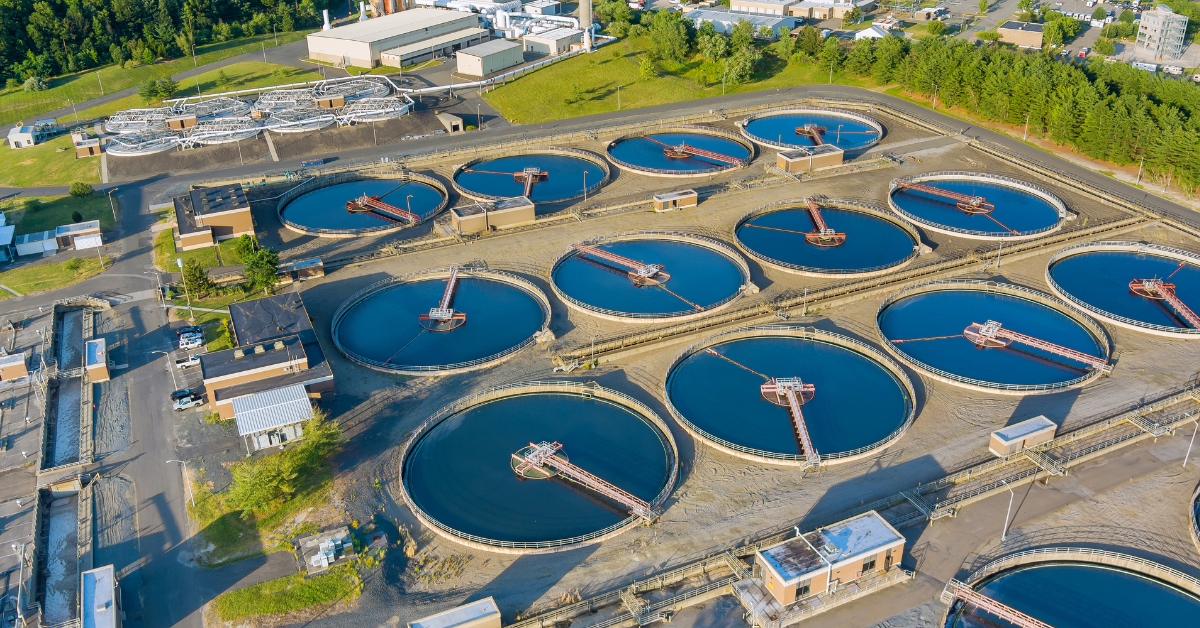
The Biden Administration Finds Another Way to Kill Jobs and Harm the Economy
In a move that seems to prioritize environmental alarmism over economic stability, the EPA has introduced stricter air pollution standards, significantly reducing allowable soot levels from 12 to 9 micrograms per cubic meter. Soot, also known as particulate matter, emanates from various sources including construction sites, unpaved roads, agriculture fields, smokestacks, and fires. Despite a commendable 42% reduction in national average particulate matter over two decades, the agency’s latest decision promises to impose draconian restrictions on industries and communities.
The new soot exposure standards could have profound implications for various industries, especially manufacturing and construction, which might encounter increased compliance expenses and operational limitations. The agriculture sector could also be affected due to dust emissions from farming practices. Moreover, homeowners may need to consider costly updates to their heating systems, and restaurant owners could be compelled to invest in advanced ventilation equipment, further extending the economic impact of these regulations across different sectors of the economy.
This regulatory tightening comes at a hefty price, threatening the manufacturing sector, job creation, and by extension, the national economy. Daren Bakst from the Competitive Enterprise Institute (CEI) warns of the dire consequences, highlighting the disconnect between the EPA’s environmental zealotry and the harsh economic realities faced by American workers and businesses. The agency’s claim of a modest $590 million implementation cost starkly contrasts with the National Association of Manufacturers’ (NAM) grim forecast of a near $200 billion GDP reduction and a potential loss of 1 million jobs by 2031.
The disparity in compliance cost estimates between the EPA and industry analysts like NAM underscores a worrying trend of regulatory decisions made in isolation from their economic impact. The EPA’s insistence on basing these new standards on the “best available science” does little to assuage fears of widespread non-compliance and the consequent stifling of infrastructure projects and manufacturing facility permits. The agency’s dismissal of 40 Trump-era advisory board members further fuels suspicions of a biased, agenda-driven review process, undermining the integrity and balance of scientific advisement.
As the Biden administration forges ahead with these new standards, it not only disregards the significant environmental progress achieved but also risks exacerbating the economic burdens on American families and businesses. The push for these stringent regulations, justified by purported health benefits, fails to account for the real-world implications for overburdened communities, ironically including those the administration claims to protect.
In prioritizing a radical environmental agenda over pragmatic policy-making, the EPA’s latest standards serve as a stark reminder of the Biden administration’s willingness to compromise American economic health for symbolic environmental victories. As Bakst aptly notes, Americans are already facing enough challenges without the added pressure of ill-conceived regulatory overhauls. It’s high time for a regulatory approach that balances environmental stewardship with economic vitality, ensuring a sustainable future for both the planet and the people who inhabit it.














